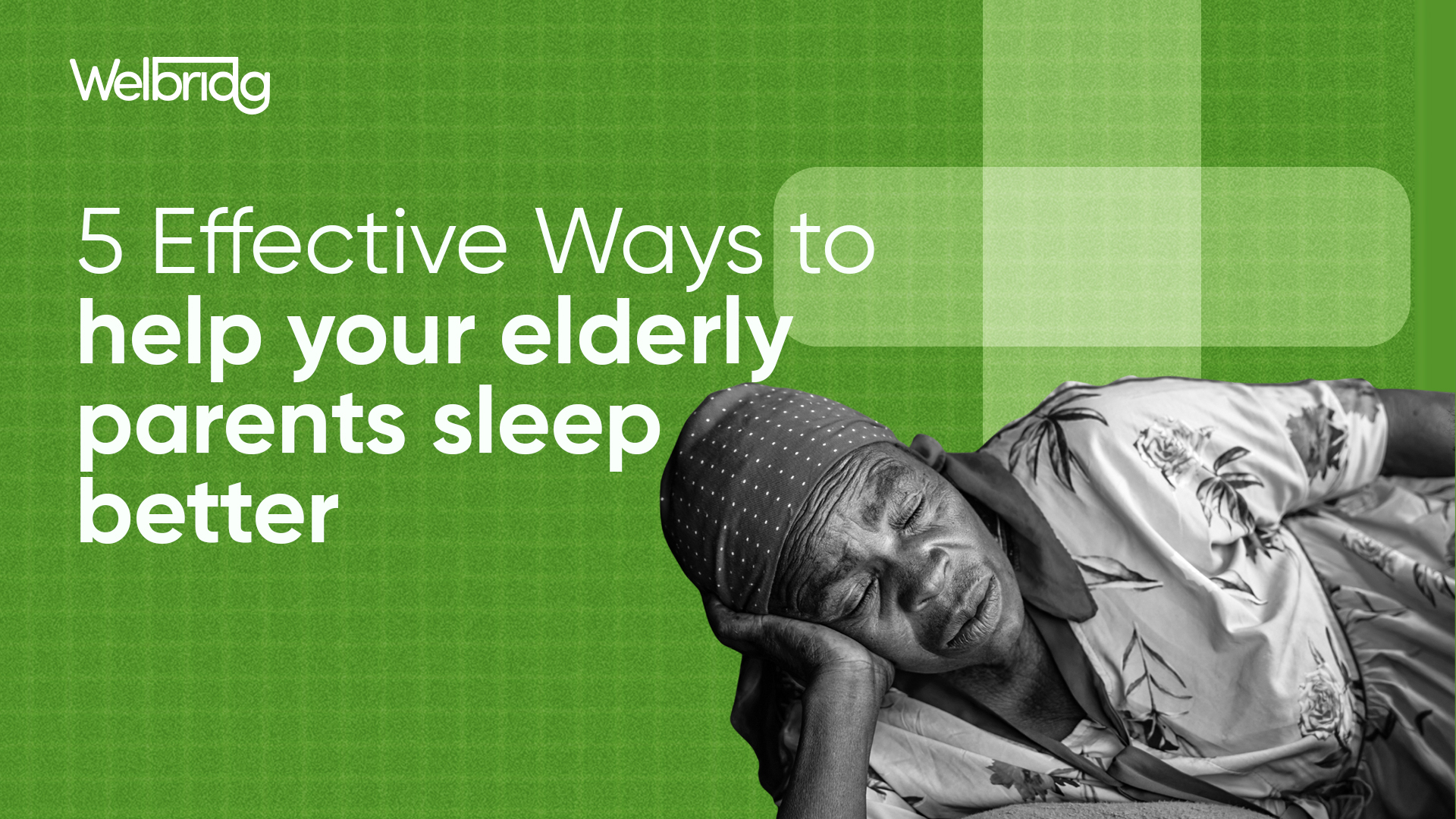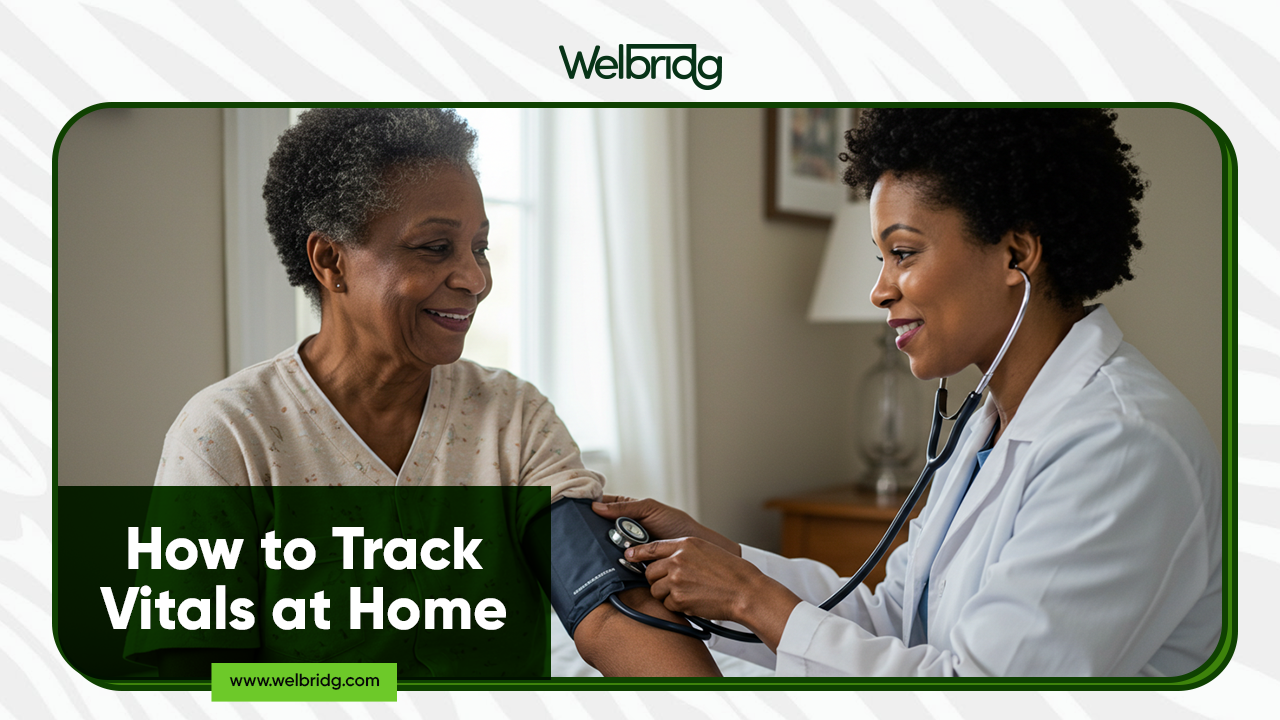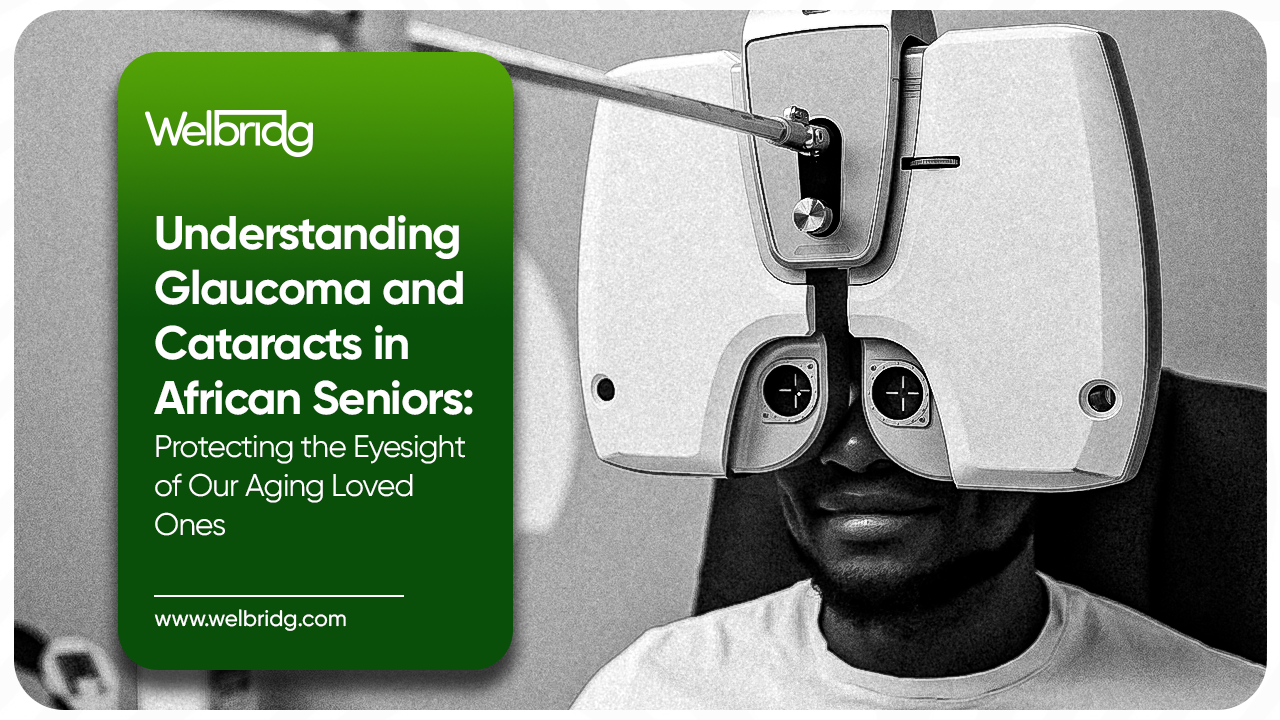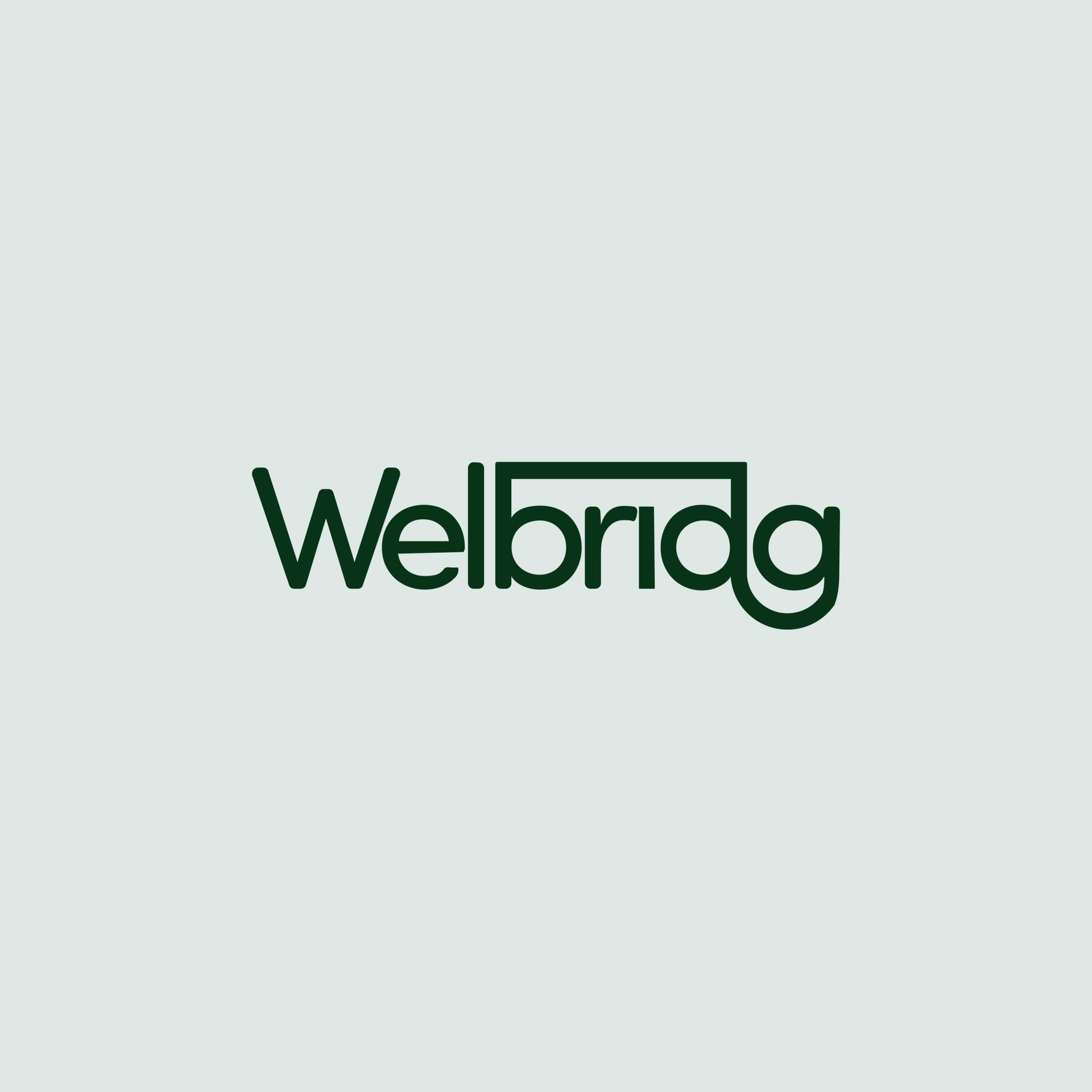What a nutritionally balanced diet for elderly looks like
Posted: 23rd May, 2025 By: yinksey
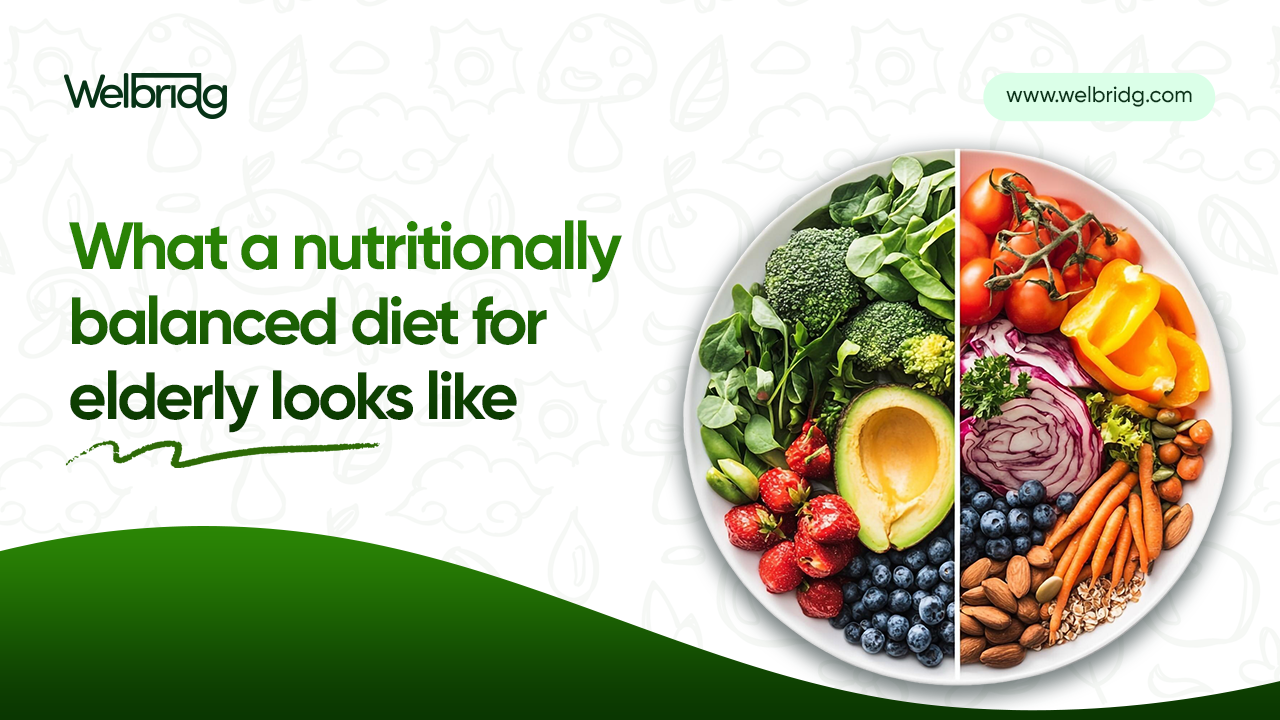
“Mama no dey chop like before o.”
That was the worried tone of Chinedu as he spoke to his siblings during a family call. Their 72-year-old mother, once the life of every Sunday meal with her love for ofada rice and ayamase, had lost her appetite.
She’d been feeling tired more often, complained of constipation, and her knees ached more than usual. After visiting the doctor and speaking with a nutritionist, they all realized something important: Mama wasn’t eating the right kind of meals for her age.
Chinedu’s story is familiar to many Nigerian families. As our loved ones age, their bodies change, and so should their diets.
Eating the same foods in the same portions may no longer serve their health needs. A nutritionally balanced diet for the elderly is not a luxury, it’s a necessity.
So, what does a balanced diet for the elderly actually look like? Let’s break it down.
1. Protein for Muscle Maintenance and Strength
Muscle loss is a common issue with aging, leading to weakness and reduced mobility. Adequate protein helps maintain muscle mass and supports tissue repair.
Sources: Lean meats, eggs, fish, beans, lentils, low-fat dairy, and tofu.
Tip: Aim for 20–30g of protein per meal.
2. Fiber for Digestive Health
A slower digestive system and a higher risk of constipation make fiber essential in elderly diets.
Sources: Whole grains (like oats and brown rice), fruits (apples, berries), vegetables (broccoli, carrots), and legumes.
Tip: Combine fiber intake with plenty of water to support bowel movement.
3. Healthy Fats for Brain and Heart Health
Not all fats are harmful. Healthy fats support brain function and heart health, two areas that need extra attention with age.
Sources: Avocados, nuts, seeds, olive oil, and fatty fish like salmon or sardines.
Avoid: Trans fats and excessive saturated fats (like processed snacks or fried foods).
4. Calcium and Vitamin D for Bone Strength
Bone density decreases with age, increasing the risk of fractures. Calcium and vitamin D work together to support bone health.
Calcium Sources: Milk, yogurt, cheese, leafy greens, and fortified plant-based milk.
Vitamin D Sources: Sunlight, egg yolks, and fortified foods. Supplements may be needed—consult a doctor.
5. Hydration is Non-Negotiable
Seniors often feel less thirsty, but hydration remains vital for every function in the body, from joint lubrication to kidney health.
Aim: At least 6–8 cups of fluids daily. Water, herbal teas, and low-sugar soups are great options.
6. Limited Sugar and Salt
Excess sugar increases the risk of diabetes and obesity. Too much salt raises blood pressure, both are dangerous in old age.
Tip: Read food labels. Choose fresh, unprocessed foods whenever possible. Use herbs and spices instead of salt for flavor.
7. Essential Vitamins and Minerals
Aging bodies may need more of certain nutrients:
B12 for nerve health and energy—found in meat, dairy, and fortified cereals.
Potassium for heart and muscle function—found in bananas, sweet potatoes, and spinach.
Magnesium for energy and bone health—found in nuts, seeds, and whole grains.
A Sample Balanced Nigerian Meal Plan for the Elderly
Breakfast
Oatmeal with low-fat milk, sliced banana, and a handful of almonds.
Pap (ogi) made with guinea corn or millet
1 boiled egg or small serving of akara
1 piece of fruit (pawpaw or banana)
Warm water or Herbal tea
Lunch
Grilled chicken breast, steamed broccoli, brown rice, and a side of fruit.
Amala made with unripe plantain flour
Ewedu + moderate palm oil + fish (e.g., panla)
Cucumber or garden egg on the side
Water
Dinner
Baked salmon, sautéed spinach, sweet potato mash.
A small bowl of fruit yogurt for dessert.
Small portion of ofada rice
Vegetable stew made with ugu and tomato
Warm water
Snacks (if needed)
Groundnuts or okpa
Watermelon or orange slices
Slice of wholegrain bread with peanut butter.
A nutritionally balanced diet for the elderly isn’t about restriction, it’s about making smarter, supportive choices that enhance quality of life. With the right mix of nutrients, older adults can maintain energy, independence, and overall well-being. It’s never too late to nourish the body right.
So the next time Mama says, “I’m not hungry,” maybe it’s time to ask not just what she’s eating, but how it’s nourishing her body.
RELATED ARTICLES
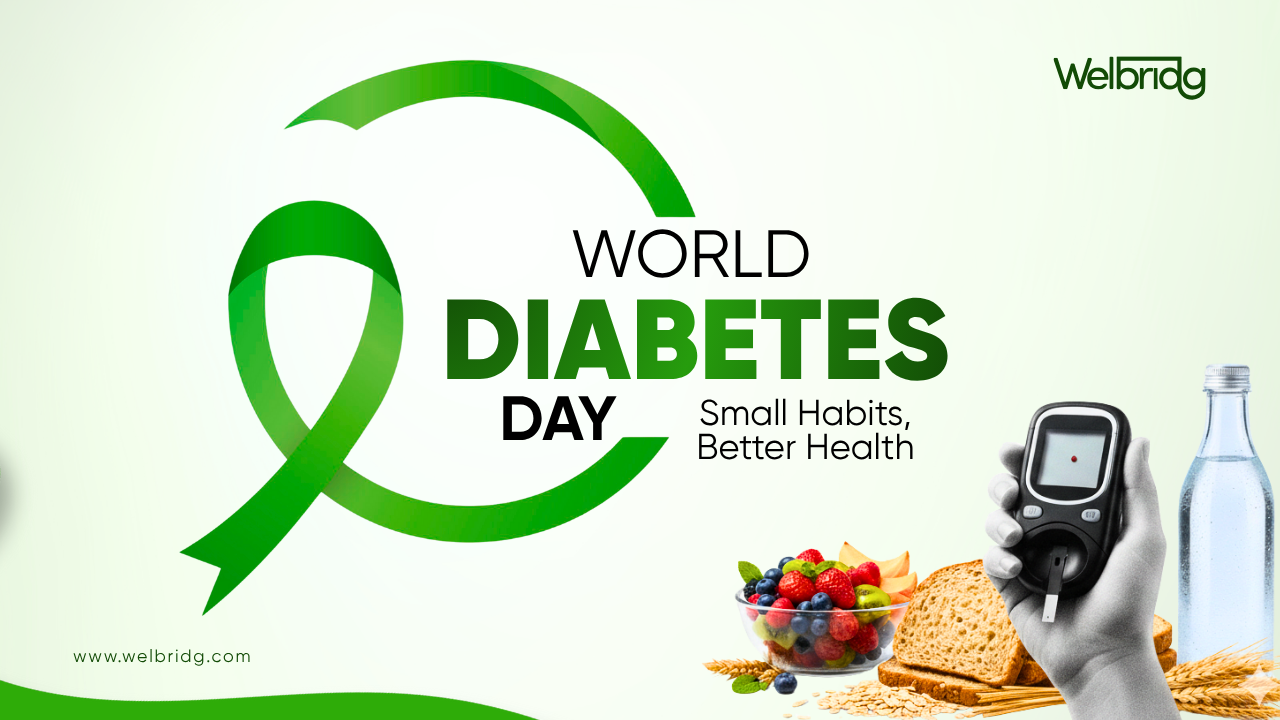
Managing Diabetes: Small Habits, Better Health
21st Nov, 2025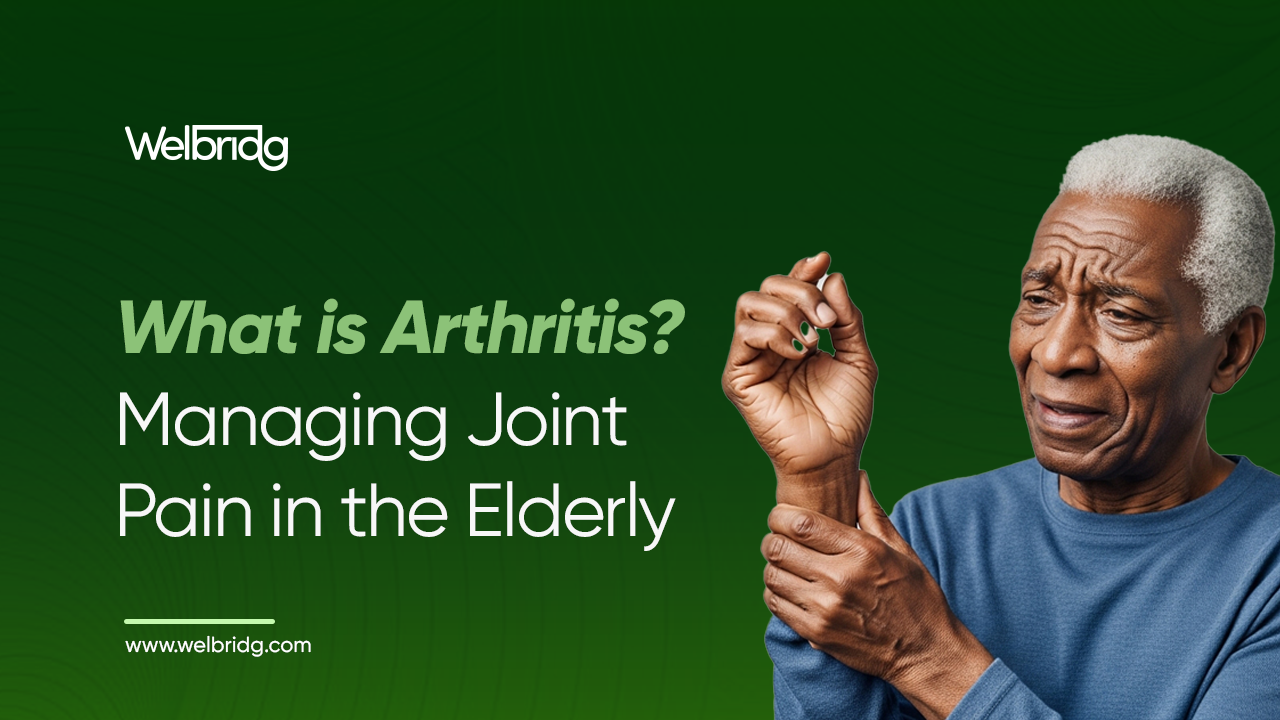
What is Arthritis? Managing Joint Pain in the Elderly
14th Oct, 2025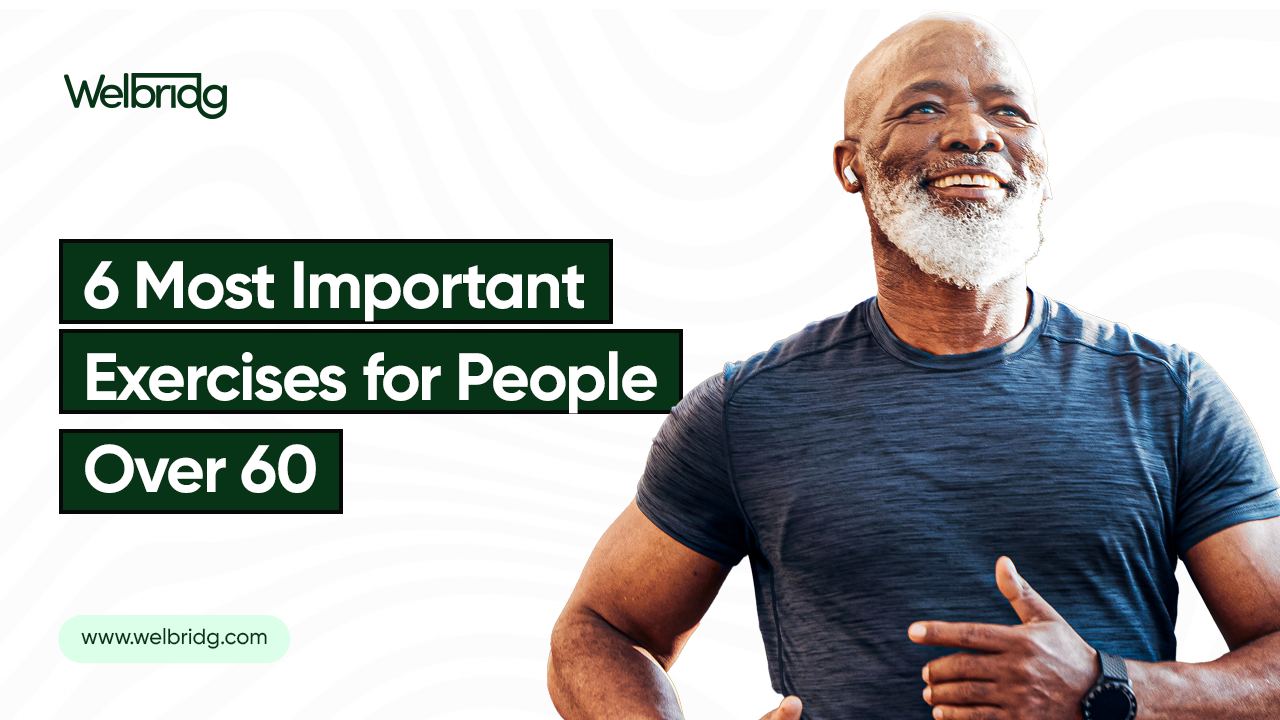
6 Most Important Exercises for People Over 60
29th Aug, 2025
How to Maintain a good health in old age
21st Jun, 2025